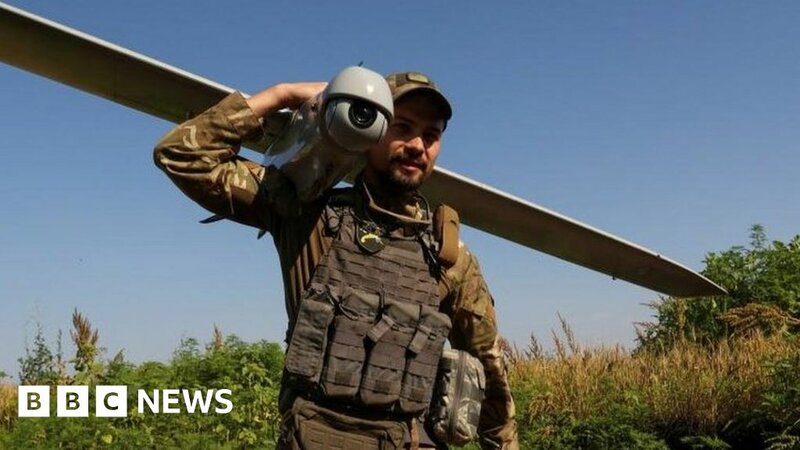Nato is just hours away from its high-profile annual summit - a stress test for the alliance, with Russian President Vladimir Putin watching intently from the sidelines.
With Joe Biden, Emmanuel Macron, Rishi Sunak, Olaf Scholz and so many more world leaders attending, ambassadors of the alliance's 31 member states have been huddled together, arguing about what they can, should or will announce publicly on Ukraine.
So what is all the hoo-ha about?
This weekend marked 500 days since Russia launched its full-scale invasion of Ukraine, grabbing land, attacking civilians and abducting children.
To Vladimir Putin's dismay, Europe and its close ally the US have rushed to Ukraine's aid (some speedier than others - here's looking at you, Berlin), to the tune of $165bn (£129bn) spent in humanitarian, financial and military assistance by May this year, according to the respected Kiel Institute for the Global Economy.
It's been a delicate, at times uncomfortable, balancing act - for individual European countries, for the European Union, and arguably most of all for the Nato military alliance, which includes Russia's old enemy, the United States.
The conundrum: How do you send Moscow a clear message that the West won't stand by and allow the Kremlin to grab sovereign territory in Ukraine or anywhere else in Europe, while at the same time avoiding coming into direct conflict with nuclear power Russia and risking all-out war?



 Russia
Russia Ukraine
Ukraine Nuclear
Nuclear


